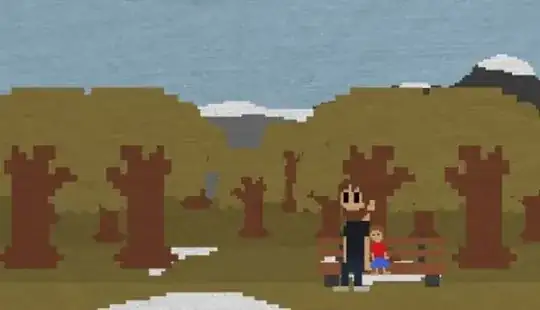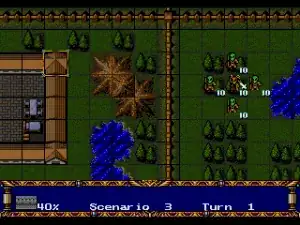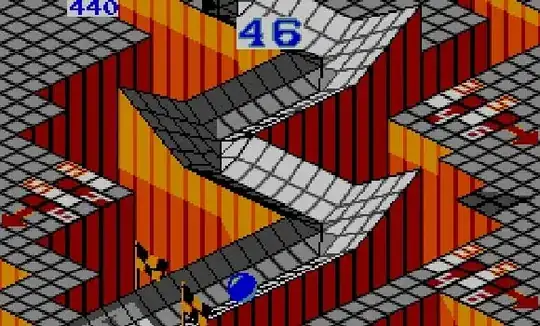This is an extremely late answer but if you're still at it or working on something similar lately...
Sprites all the way! I worked for a long time in 3D graphics, and it's complicated. The research is always changing there, game engines are going to crazy heights, etc. You can end up spending months just learning about how to implement the latest effects and shaders, e.g. Just animating a character with bones when you start can take quite a bit of time from designing the scene graph and motion hierarchy to the IK solver.
3D modeling is also time-consuming. It can sometimes be faster if you are going for a very blocky 3D look or something since you just make a simple model and don't have to draw all the individual frames. If you're trying to make an elaborate 3D model with complex textures though, just the process of UV mapping and painting and rigging/skinning (if it's a character) might take longer than it takes you to plow through a dozen sprite sheets.
Isometric does make it a little bit tricky -- it's hard to draw isometric graphics... I'll get to that below.
I have no artistic talent, and I also have no experience with 3D
graphics [...]
How about retro style? It's getting a resurgence. By that, I mean really chunky pixel art, like this:

It's old-school-stylish and this kind of style can actually pass for a commercial indy game.
The game is tile-based, with each tile being a square. Each tile also
has an elevation.
Does it absolutely have to be isometric? Isometric graphics are really hard to draw. I used to do pixel art ages ago (not at all as an artist, just as a starving indy gamedev) and isometric was so hard. My lack of artistic skills showed through the most there with that kind of perspective, since I couldn't draw things properly in perspective.
It's easier to use goofy perspective like in that screenshot above, or more appropriately for yours, a top-down view. If the concept of elevation is not absolutely crucial to convey visually, like in a tactical RPG or strategy game, you can always use tiles that kind of represent that concept another way. Example:

... you can use this kind of tile view with mountains and forests and stuff with varying elevation if it's a turn-based game. It doesn't communicate the concept of elevation so directly visually, but if it's not crucial to do so, this would really help you focus on the gameplay a lot more and this kind of style still tends to be popular on web and mobile kind of contexts.
At least I used to draw sprites and tiles like in this immediate game above, and that was still time-consuming. Isometric would eat all my time, even though I still think 2D is easier. Maybe it would be useful to hook up with an artist buddy if the elevation concept is crucial to communicate visually, like in this game:



